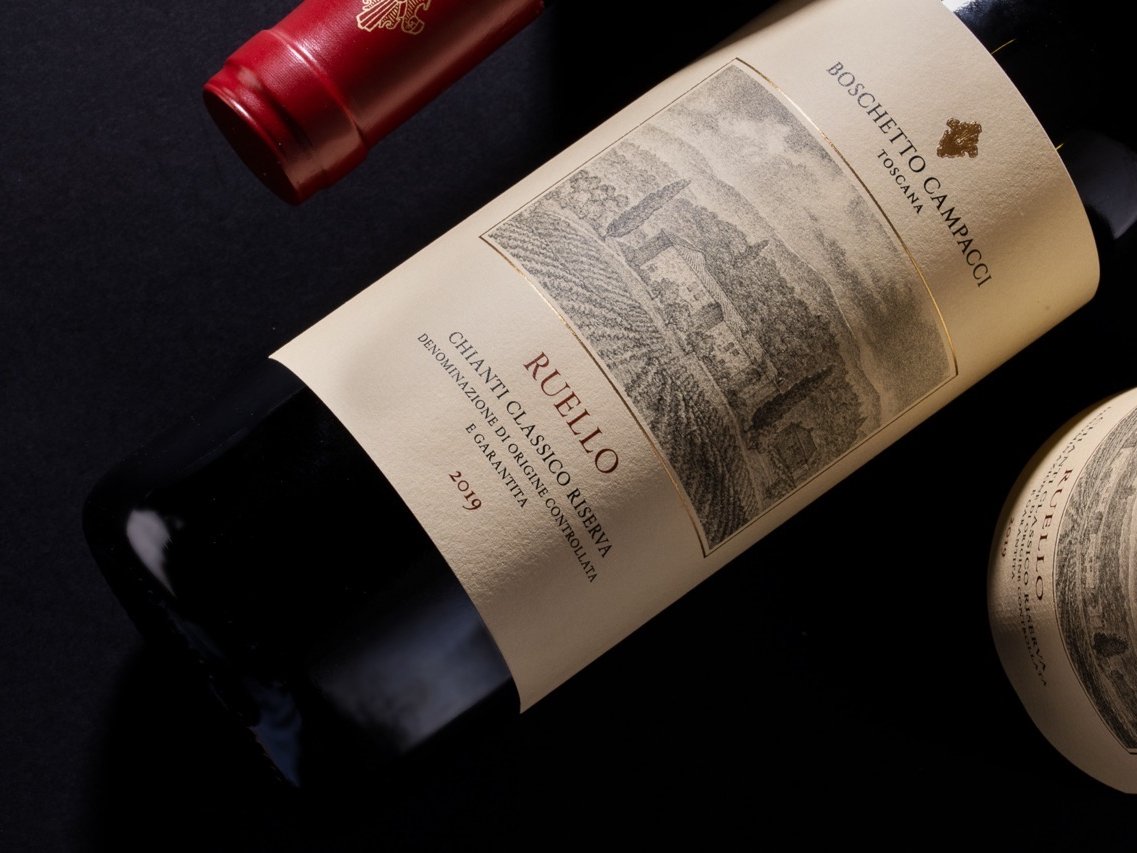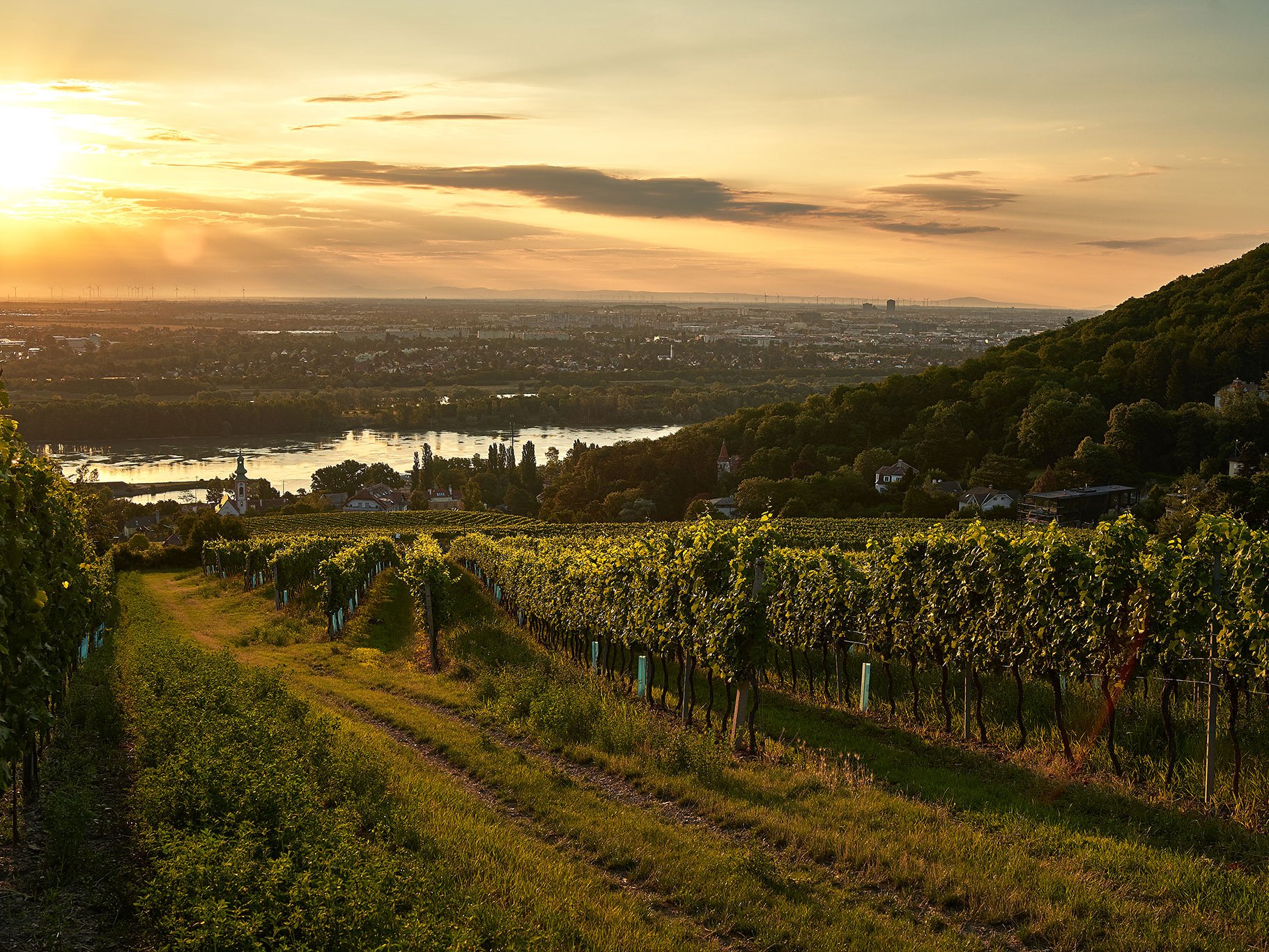How are rosé wines made?
Rosé is a force to be reckoned with but how exactly are the wines made and how do they end up with that pink hue?
Even red grapes have white flesh. Red wines get their colour by being fermented with their skins in a process that takes anywhere between a few days and several weeks. During this time, the grape skins release both colour, flavour precursors and phenolic compounds, i.e. tannins, into the grape juice, or must. The must is then pressed and red wine remains.
White grapes are often pressed directly without maceration – with some exceptions – since white grape juice makes white wine.
Rosé wines are made by crushing red grapes so their juice macerates with the skins, allowing colour, flavour and tannin to leach into the juice. This period of skin contact can last for just one hour to ten or 12 hours, depending on the grape varieties and the desired colour. The longer the maceration, the deeper the colour. Longer maceration also lends more flavour precursors and phenolics and results in a different style of wine: with more texture, fruit and a fuller body – yet still lighter than a red.
Sometimes, red and white grapes are macerated and pressed together. What happens after maceration is also of interest: some estates only use the free-run juice from the maceration. Some keep the free-run juice and the pressed juice separately and blend it later, depending on the desired colour and style. Some rosé wines are by-products of red winemaking: some of the juice in a fermenting red wine tank is bled off while still pale and then fermented as a rosé. This concentrates the red wine and leaves pink must that results in a different style of rosé, since the red grapes are harvested at the ideal point of ripeness for red wine rather than rosé.
The best rosé wines are made from purpose-grown grapes, harvested at the perfect point of ripeness and acidity. The quality of the fruit is key.












